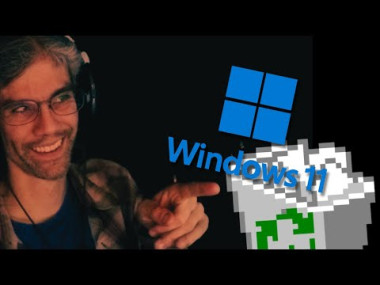I deleted windows and installed linux
Not op but thought this may be interesting

There have been multiple accounts created with the sole purpose of posting advertisement posts or replies containing unsolicited advertising.
Accounts which solely post advertisements, or persistently post them may be terminated.
Not op but thought this may be interesting
